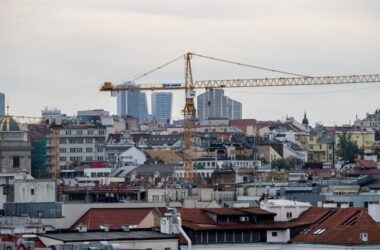Spain’s manufacturing sector saw a slower rate of growth in November, impacted by severe flooding in Valencia.
According to the HCOB manufacturing Purchasing Managers’ Index (PMI), Spain’s manufacturing activity dropped to 53.1 from October’s 54.5, falling short of the forecasted 53.5. Despite this decline, the PMI stayed above the critical 50-point mark, indicating continued expansion.
The heavy flooding in the eastern region of Valencia, which began at the end of October, disrupted output and new orders across Spain. S&P Global reported that despite the slowdown, Spain’s manufacturing growth has now persisted for 10 consecutive months, defying the broader trend seen across Europe.
New export orders reached their highest level since September 2021, contributing to international sales growth. Although purchasing and employment activity rose, the increase was slower compared to previous months. Inflationary pressures appeared to stabilize, boosting confidence in Spain’s economic outlook to its highest level since May.
In contrast, France’s manufacturing PMI dropped to 43.1 in November, down from 44.5 in October and below the expected 43.2. This marked the steepest decline since January and the 22nd consecutive month of economic contraction. The drop was driven by declining new orders, with international and domestic demand both slowing, particularly from Germany and the US. This caused inventory levels and purchasing activity to fall as companies prioritized cash flow. Sectors like construction, automotive, and cosmetics were notably affected, and employment continued to decline.
Germany’s manufacturing PMI held at 43.0, the same as October, slightly missing expectations of 43.2. The reading indicated that the manufacturing sector remained in contraction, with new orders and output continuing to decline, albeit at a slower pace than in October. Employment and stock levels fell at a faster rate, as did purchasing activity. Weaker demand and competitive pressures led to reduced output and input prices. However, business expectations improved for the second consecutive month, though economic and political uncertainty continued to dampen confidence.




